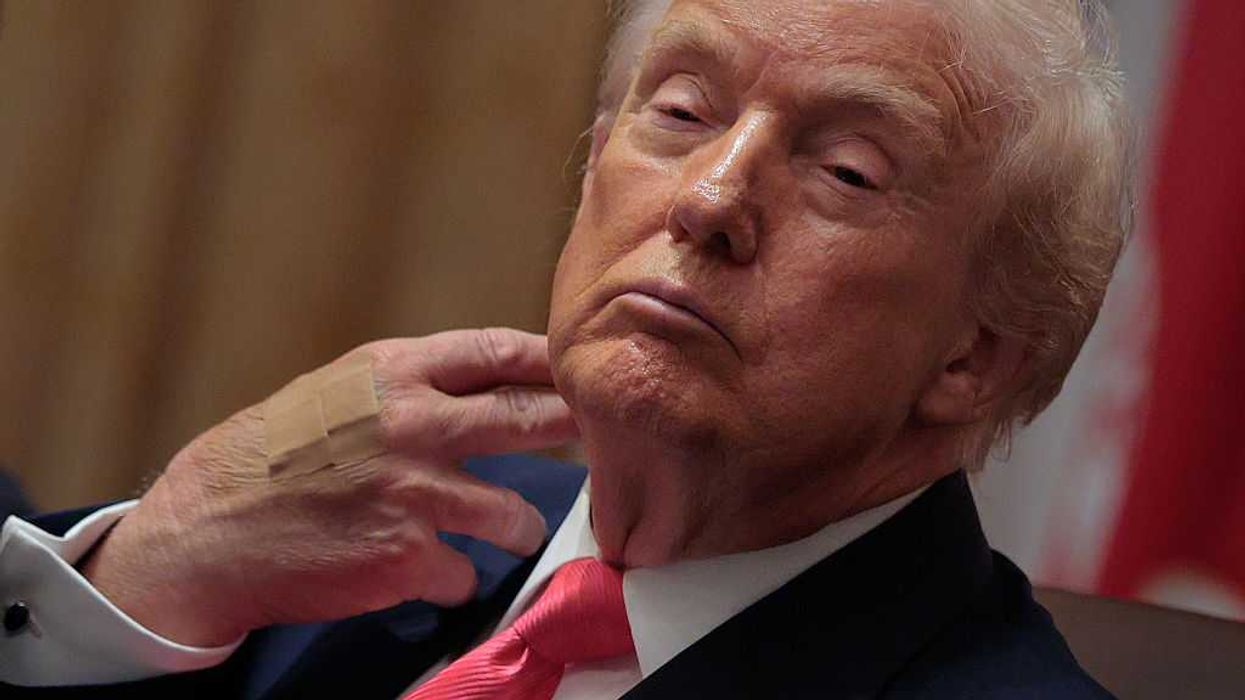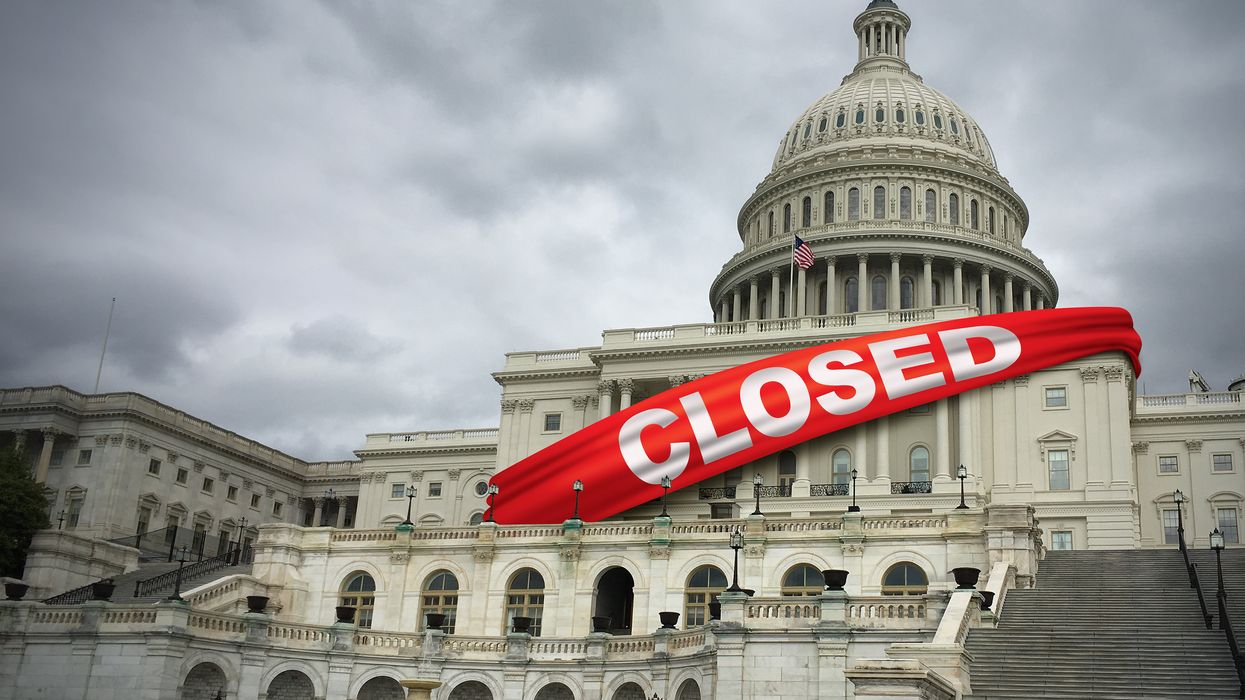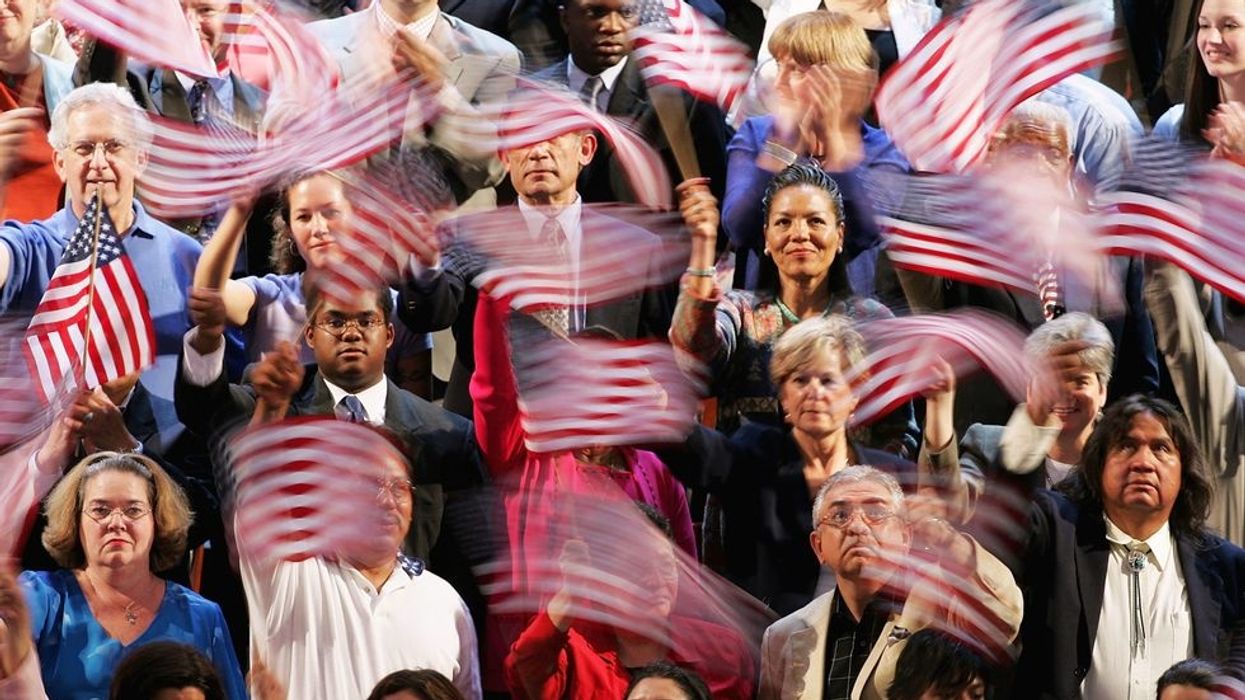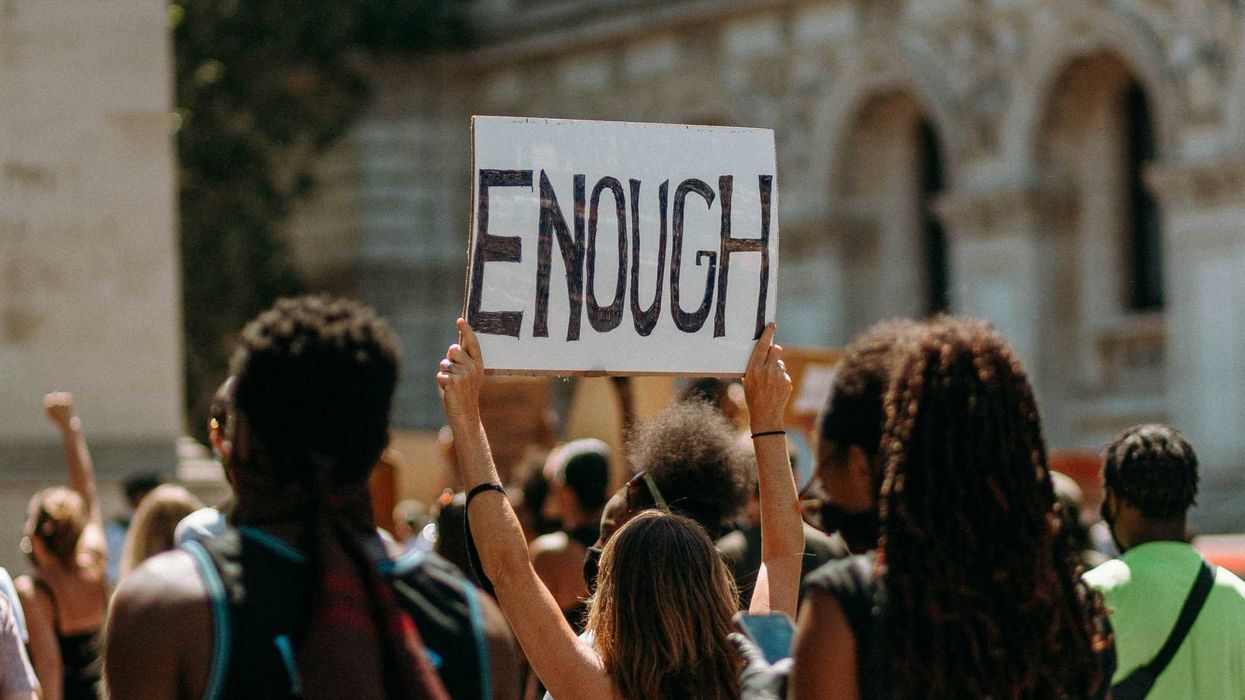While turnout in 2018 hit historic heights – 50.3 percent of the voting-eligible population, the highest for a midterm since 1914 and the biggest increase ever from a previous midterm – vast differences in turnout among the states persisted thanks to their widely differing election administration policies.
That is the central finding of the latest America Goes to the Polls report, a collaboration between Nonprofit VOTE and the U.S. Elections Project.
For example, in seven of the 10 states with the highest turnout, voters are permitted to register on Election Day, while registration closes four weeks beforehand in eight of the 10 states with the lowest rates. On average, states with same-day registration had turnouts 7 percentage points higher than the other states.
Three of the four states where voters are sent ballots at least two weeks in advance and return them by mail – Colorado, Oregon and Washington – ranked in the top 10. The fourth and newest state, Utah, which changed its rules last year, had the biggest turnout boost of any state compared to 2014.
Since that midterm, 17 states and Washington, D.C., have launched automatic voter registration, generally whenever people renew drivers' licenses. The five to detail the consequences of the switch – Alaska, California, Georgia, Oregon and Vermont – reported registration growth on average four times faster than in 22 states without such a policy.
Contrary to conventional wisdom, however, states with highly competitive races for governor or senator did not on average have bigger throngs at the polls than other states. While Texas had one of the most expensive and closely contested Senate races, for example, the 46 percent who turned out to re-elect GOP Sen. Ted Cruz over Democrat Beto O'Rourke ranked ninth from the bottom nationwide.
To be sure, the Lone Star State's turnout rate was dead last four years before. It is among the states where registration ends a month before Election Day, and the League of Women Voters of Texas told the Houston Chronicle it's time that the state "joins the modern age" and moves to same-day voter registration.


















